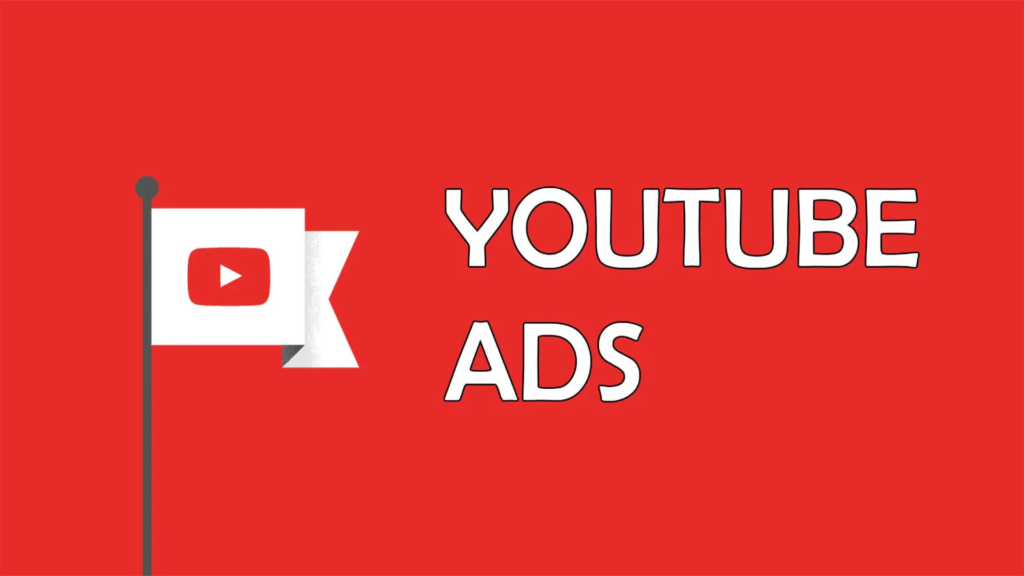
Youtube, with its two billion and more users per month, is one of the most popular social networks in the world and therefore a key tool for reaching a wider audience to which to make your brand known.
Google Ads can also be used on Youtube to reach new audiences, to publicize one’s products and services, and to expand the visibility of one’s brand. But how do they work?
What are Youtube ads?
Youtube Ads are visual and sound ads that run for a few seconds before, during or after a video. This type of Ads is done through Google Ads.
Google Ads on Youtube Ads are perfect for:
- Achieve your business goals more easily: increase sales, increase traffic to your site, promote brand awareness
- Intercept an audience more in line with your business propositions
- Accurately measure the results (views, clicks, site access…) resulting from your promotional activities
The types of Youtube Ads
Google provides you with a large number of formats to set up eye-catching Youtube ads that will capture the attention of your audience.
- Display Ads: selectable image or animation that appears to the right of the featured video when browsing from desktop. The size for this type of ad is 300×250 or 300×60 pixels. Animations can appear for a maximum of 30 seconds. The maximum size is 150 KB. Supported file formats are: JPG, GIF, PNG and HTML5.
- Ignoreable in-stream announcements: are played automatically before, during or after the start of a video. The user can decide whether to stop them after 5 seconds or let them continue to conclusion (duration between 12 seconds and 6 minutes). These ads must be uploaded to Youtube in MP4 format. The preferred format is 1080p but 720p is also acceptable.
- In-stream ads that cannot be ignored: they are played automatically before the start of a video, after or during, and cannot be interrupted by the user. The latter can only let them continue until the duration (maximum 15/20 seconds depending on the country) or exit the video. Therefore, one must use those 15 seconds to persuade the user through a punchy call-to-action
- Bumper ads: consist of short ads – maximum duration 6 seconds – fine-tuned to capture attention in a short time. They contain a punchy message that is easy to remember. They can be broadcast before, after or during a video, on a desktop or mobile device. The maximum file size is 1 GB. MP4, MPEG, AVI, ASF, Quicktime formats can be applied.
- Video discovery ads: reach users on Youtube while they are intent on discovering new content. They can have different aspects depending on the formats hosted by content publishers. When a user clicks on the preview, the ad plays on Youtube or the preview page
- Outstream ads: can appear on tablets and devices, and are designed to encourage interaction by users. They are designed to increase a brand’s visibility outside of Youtube.
- Sponsored tabs: ads that appear in videos viewed by the user, in the form of popups with a call-to-action. These kinds of ads are displayed for only a few seconds. If they want to explore further, users can click on the item in the upper right corner of the video. They can appear on both mobile and desktop devices. They are primarily useful for advertising one’s products and services in a targeted manner. JPEG, GIF and PNG files are accepted.
- Overlay ads: semi-transparent banner that appears at the bottom of a video. Appears as a text box or clickable image. Appears only for desktop users.

How to create a Youtube Ads video campaign
When you create a new video campaign in your Google Ads account, you must select one of the following goals:
- Sales
- Lead
- Website traffic
- Product and brand consideration
- Brand awareness and coverage
From the objective comes the campaign subtype you can activate, i.e., the ad format to use to maximize the success of the objectives. “Generate conversions” for example is appropriate for campaigns aimed at directly increasing sales.
To optimize a Youtube Ads campaign you need to determine how to effectively use the budget you have. You must then determine what is the goal you want to pursue, for example:
- make your ad viewable
- get clicks on the ad
- get conversions from the site
The platform provides targeting features to target your ads to the kind of audience most likely to receive them, based on, for example:
- language spoken
- specific location
- specific interests
In addition, exclusions can be set so that ads do not appear associated with sensitive content. Ads are usually approved within a day.
Ads can be organized into groups in order to achieve better targeting. Users can be distinguished by:
- demographics (e.g., age, gender, income, marital status, etc.).
- Audience segments (groupings based on interests, demographics, intentions)
Now we are ready to launch our campaign! To proceed, we need to decide which campaign sub-model to adopt from the available ones:
- Custom video campaign: recommended when you want to run an in-stream video campaign. You can enable bumper ads, video-discovery (which appear in Youtube searches) and ignorable ads
- Outstream: video ads posted outside of Youtube – usually without audio – ideal for increasing one’s visibility
- Sequence of ads: showing a series of videos in the desired order to promote one’s products
- Shopping (“trueView for shopping”): letting users know about your products by providing information that incentivizes purchases
- Generate conversions (“trueView for action”):allow users to increase conversions through featured CTAs, overlays for text, and end screen
- In-stream non-ignored: publish in-stream ads that cannot be ignored



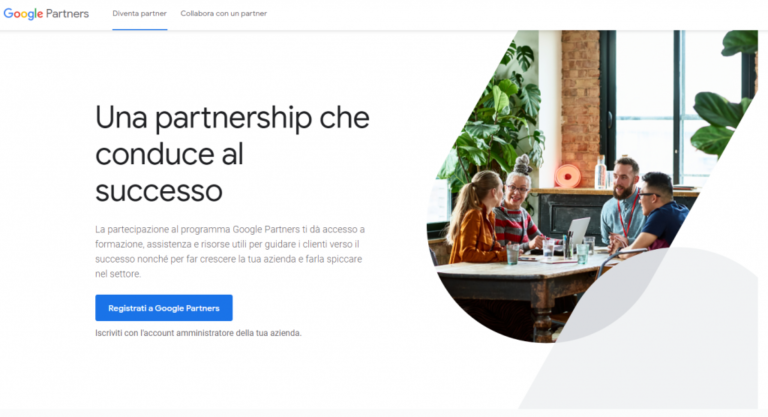

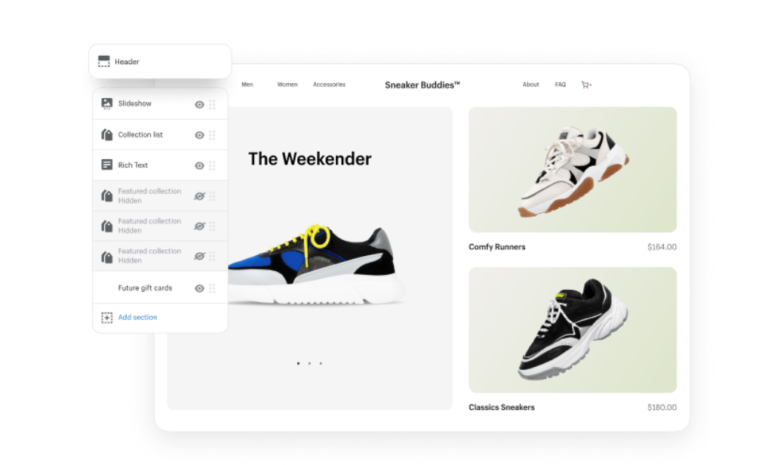
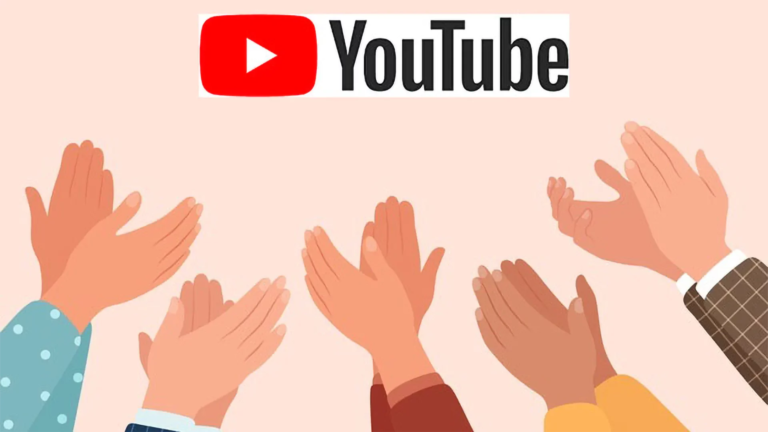
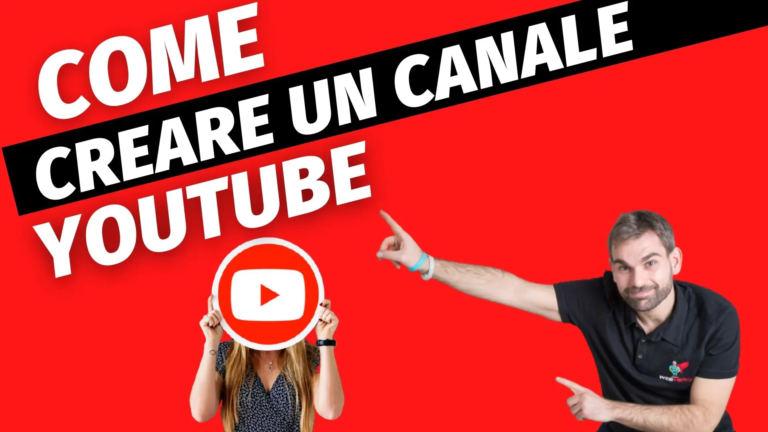





+ There are no comments
Add yours